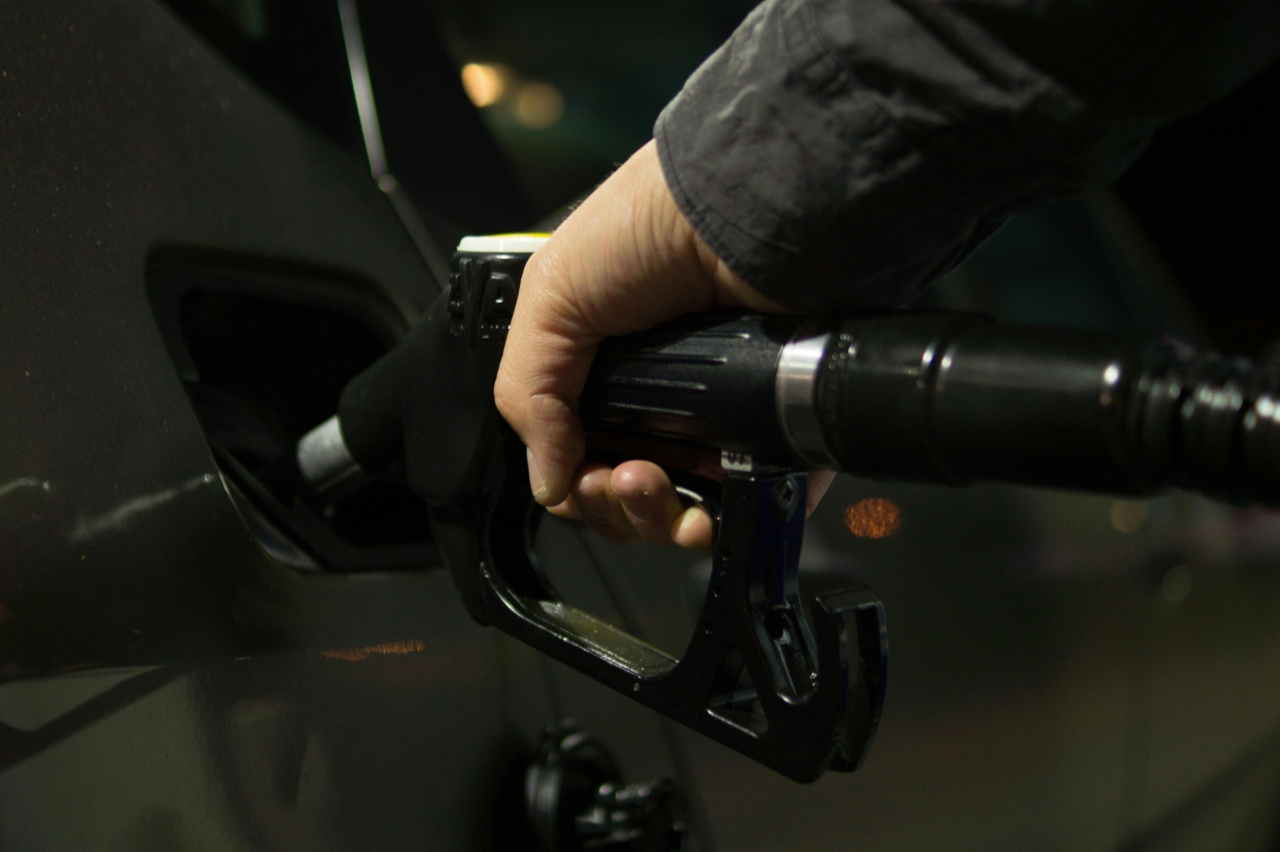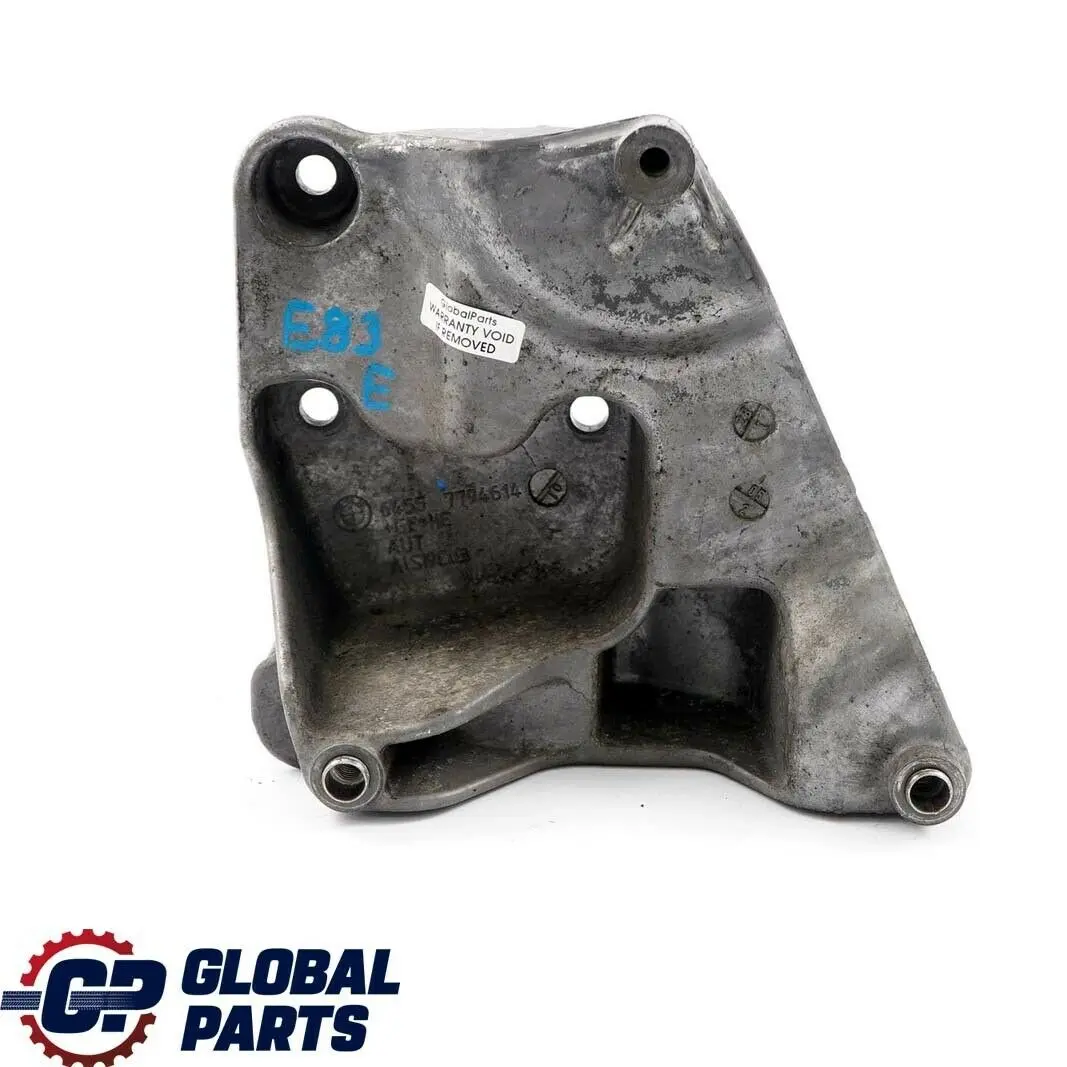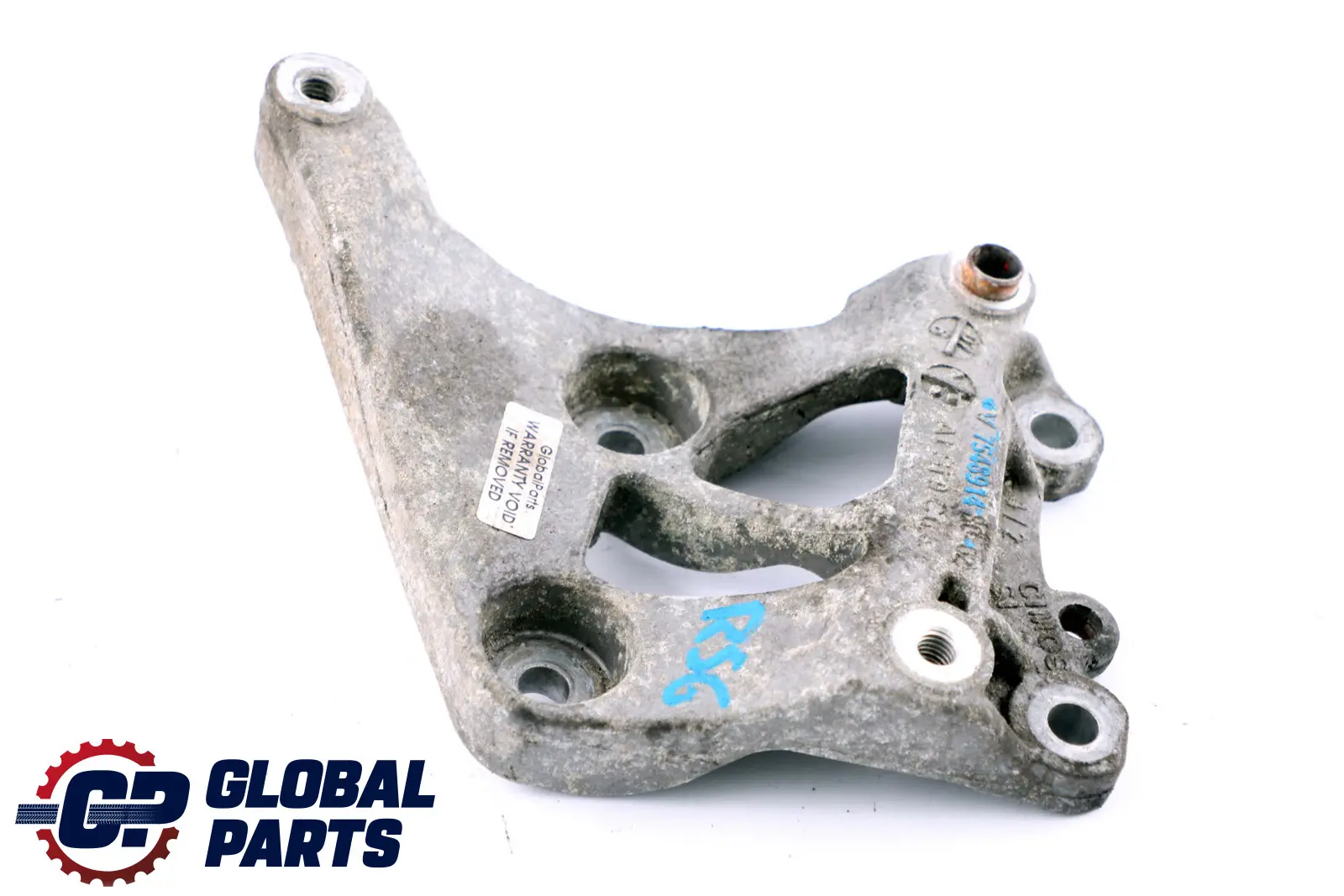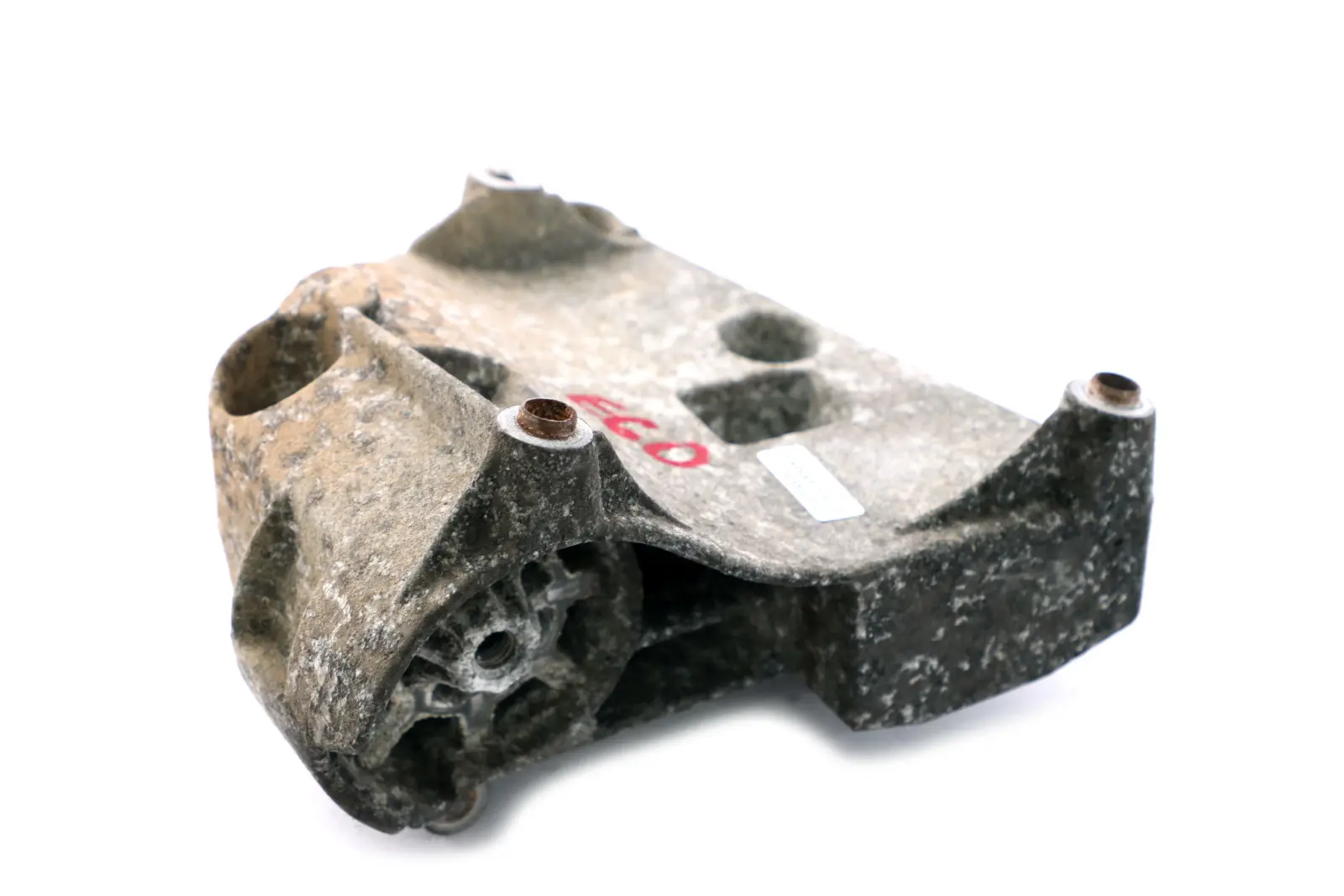 The fuel system determines the smooth operation, power, and fuel consumption, so maintaining it is crucial in every car – petrol and diesel. In practice, three pillars determine its "health": fuel injection, fuel pump, and fuel tank, and additionally, cooperation with the intake manifold and intake system is crucial. The shortest path to a predictable repair is selecting original components based on the VIN/OEM, often also in used versions (used car parts), which shortens installation time. In older model years, new indexes are sometimes phased out, so used injectors or a complete fuel pump from the same model year can provide a "plug-in" solution. The text provides organized definitions, petrol/diesel differences, diagnostic procedures, model examples, and tables for quick decisions. Subtly, but specifically, Global Parts advisors will help verify fitment and availability without making "instant" promises.
The fuel system determines the smooth operation, power, and fuel consumption, so maintaining it is crucial in every car – petrol and diesel. In practice, three pillars determine its "health": fuel injection, fuel pump, and fuel tank, and additionally, cooperation with the intake manifold and intake system is crucial. The shortest path to a predictable repair is selecting original components based on the VIN/OEM, often also in used versions (used car parts), which shortens installation time. In older model years, new indexes are sometimes phased out, so used injectors or a complete fuel pump from the same model year can provide a "plug-in" solution. The text provides organized definitions, petrol/diesel differences, diagnostic procedures, model examples, and tables for quick decisions. Subtly, but specifically, Global Parts advisors will help verify fitment and availability without making "instant" promises.
Fuel System – Context, Role and Architecture
The first thought is simple: the fuel system must deliver fuel at the right pressure and at the right time so that the engine achieves the desired power with minimal fuel consumption. In gasoline, the fuel injection "map" and ignition timing together create smooth operation; in diesel engines, the precision of pressure and injection controls the timing and emissions. Regardless of the fuel, the core remains the fuel tank, low/high pressure fuel pump, lines, filter, and injectors (injector set in new generations). Pressure and temperature sensor readings and long-term corrections help detect problems early, before jerking or smoking occurs. Practical conclusion: the fuel system is a system of communicating vessels, and spot repairs work best when the correct conditions of the entire chain have been confirmed.
Fuel Injection – Definition and Differences Petrol/Diesel (Diagnosis)
Micro introduction: fuel injection must deliver a precise dose; even the slightest deviation changes fuel economy and combustion. In gasoline engines, there are indirect injection (MPI) and direct injection (FSI/TFSI, FSI injection), and in diesel engines, common rail injection with pressures in the hundreds of bar. The BMW E90 320d injection ( diesel CR injection ) operates at different pressures and strategies than the N43 injection (gasoline with direct injection – BMW N43 injector). / N43 injector), and this translates into symptoms and testing methods. The "injector nozzle" in a diesel engine wears differently than petrol injectors, and filings from the high-pressure pump can damage the rail and subsequent injectors. From practice: intermittent idling, jerking at low speeds, and high injection corrections are signals for log diagnostics and flow tests (diesel). Without verifying the parameters, it is easy to replace the wrong component that is actually causing the problem.
Injectors – symptoms and quick test chart
A short introduction: the symptoms can be similar, so the numbers are decisive. In petrol (FSI), increasing LTFT/STFT corrections and difficult "hot" starting suggest poor atomization; an oscilloscope and a leak test after shutdown detect "drips". In diesel engines, the flow test compares the fuel return rates between cylinders; significant asymmetry indicates suspected injector wear. In BMW engines ( BMW injector kit ) it's important to match the injection codes and learn the ECU; without it, the corrections will be extreme and the car will lose its refinement. Conclusion: a diagnostic scope and simple workshop tests shorten the path to a decision about regeneration or replacement.
Fuel pump – supply, pressure and selection by VIN/OEM
Micro-introduction: the fuel pump is the heart of the "pressure" part of the system; a weak pump causes a lean mixture and lack of power under load. The BMW E60 530d fuel pump, the BMW E90 320d fuel pump or the Audi A4 B7 fuel pump differ both in efficiency and the type of connectors/sockets in the tank. The issue of the " N47 fuel pump " concerns diesel engines with variable pressure and sensitivity to fuel quality; too high filter resistance quickly "kills" high-pressure pumps. In cars with a basket and a module in the tank (Volkswagen Polo fuel pump, BMW X3 E83 fuel pump, E46 fuel pump), the diameters of the connectors and the layout of the wires are important; here, the used OEM often wins in terms of installation time. Conclusion: selecting by VIN/OEM closes the issue of the socket, efficiency and wiring harness, and a new fuel filter after installation is mandatory.
Pump – symptoms and parameter control (Operation)
A quick introduction: pressure gauges and logs are rarely wrong. Pressure drops under load and stalling at full throttle are classic symptoms, as is difficult starting after a night. In petrol engines, the fuel pressure and stability at constant speed are tested; in diesel engines, the common rail pressure is tested. and the pump load percentage. After replacing the pump, a leak test is performed, adaptations (if the manufacturer provides them), and a short test run is performed, with parameters logged. This minimizes the number of returns and "feel-based" pushes.
Fuel tank – role, venting and "sad" details (Context)
Micro-introduction: a fuel tank is not just a "tank" - it's an assembly with a basket, sensors, and a vent that must operate tightly. Sediments and water in the tank end up in the filter and then on to the injector, accelerating wear of the pump valves and pistons. In practice, venting problems and clogged strainers can generate symptoms identical to a pump failure. It's good practice to periodically inspect the basket and lines, especially after long periods of inactivity and backyard refueling. In cars with active evaporative emission control (EVAP), incompatible replacements cause errors and unstable idle speed - OEM by VIN saves you the hassle.
Tank – what to replace "when necessary" (Operation)
A quick introduction: it's better to overdo it than underdo it at the fuel tank. Besides the fuel filter, it's worth refreshing the rubber hoses and clamps, checking the fuel level sensor and the connector contacts. In older cars, it's a good idea to flush out the deposits as a preventative measure, especially after fuel problems or a long period of inactivity. In diesels, it helps to add a diagnostic step – a water-in-fuel test and inspection of the stratified filter. The result is stable operation and fewer "out-of-the-blue" blockages.
Intake manifold – cooperation with the fuel system when the intake plays the first fiddle (Selection/Installation)
Micro introduction: although the intake manifold does not pump fuel, without it there will be no full "power on demand", because the intake decides about mixing and flow. BMW E90 320d intake manifold, BMW E46 318i intake manifold, BMW E60 intake manifold or N47 intake manifold /M52 must be tight and clean - soot and oil increase resistance and "choke" the reaction. Differences in the diameter of the ports by 2 mm or a different position of the bleeder port can change the mixture corrections and the culture at idle. In practice, replacing the manifold and cleaning the EGR/swirl flaps restores the flow, and the ECU stops "chasing" the mixture. Conclusion: the intake is the fuel system's ally - if ignored, it often returns revenge with "strange" symptoms.
Manifold – Symptoms and Quick Inspection (Diagnosis)
A quick introduction: if the engine is running rough, but the injection is good "on paper," check the intake manifold. Typical signs include whistles, leaks, hissing when shutting down, and rough running after starting. An endoscope inspection and smoke test will reveal cracks and worn gaskets. After installing a new/cleaned manifold, it's worth resetting the adaptations and running a short test under set conditions to allow the ECU to "learn" the flow. Drops in corrections and stable idle confirm the effect.
Fuel System – When Used OEM and Remanufacturing Makes the Most Sense
Micro-introduction: time and fit win over "paper newness" if you want your car back on the road in one go. Used OEM (Ford Transit fuel injector, Peugeot 206 fuel injector, BMW E46 injector) maintain the points and connectors, and regeneration restores the parameters without designing adapters. In CR diesels, the "injector regeneration + fresh filter + pump control" set often ends the issue for years. In FSI/TFSI/Ford GDI petrols, pressure and rail tightness are important - here, the "injection set" should be tested on the test bench. Conclusion: first diagnosis, then reconstruction/"used" from the same family - and only then thinking about maps.
TABLE – Fuel system: components and selection guidelines (abbreviation)
| injectors | corrections, overflow/tightness test | VIN/OEM + ECU coding |
|---|---|---|
| set of injections | indexes and generation | test table + cleaning |
| fuel pump | supply/rail pressure | basket/socket compatible with the tank |
| fuel tank | sediment/water, venting | EVAP and port diameters |
| intake manifold | tightness/lamellas/flaps | diameters of nozzles and pneumatic valves |
TABLE – Fuel system: symptoms, causes, actions
| Symptom | Probable cause | What to do |
|---|---|---|
| jerking at low speed | FSI injection or dirty intake | logs + manifold cleaning + injector test |
| hot smoking | pouring injectors/diesel injection | overflow test + table + regeneration |
| lack of power under load | pressure drop, filter | pressure measurement + new filter + pump |
| difficult overnight start-up | fuel backflow, leak | valve/line check + O-ring replacement |
| waving barren | left air in the intake | smoke test + manifold gaskets |
FAQ – Fuel System: Fuel Injection, Pump and Tank (Q&A)
| Question | Short answer |
|---|---|
| What is fuel injection and what is the difference between petrol and diesel? | Petrol: MPI/FSI; Diesel: common rail with high pressure and without spark plug. |
| When to choose a set of injectors instead of single ones? | When the multi-cylinder corrections have "gone off" or the mileage is high. |
| Will a fuel pump from another version fit? | Only by VIN/OEM and compatible basket/socket; connector/diameter differences are a risk. |
| What should you watch out for when checking the intake manifold? | Tightness, diameters of the connections, cleanliness of the flaps – a bad mixture spoils the culture and combustion. |
| Do used injectors and pumps make sense? | Yes, if it is OEM from the same family and after testing; they shorten assembly and lower TCO. |
| What phrases help in searching? | BMW E90 320d injection, N43 injector, BMW E90/530d fuel pump, A4 B7, BMW E90 320d intake manifold. |
| When to go to the service? | For pressure measurements, overflow tests, bleeding and injector coding. |




